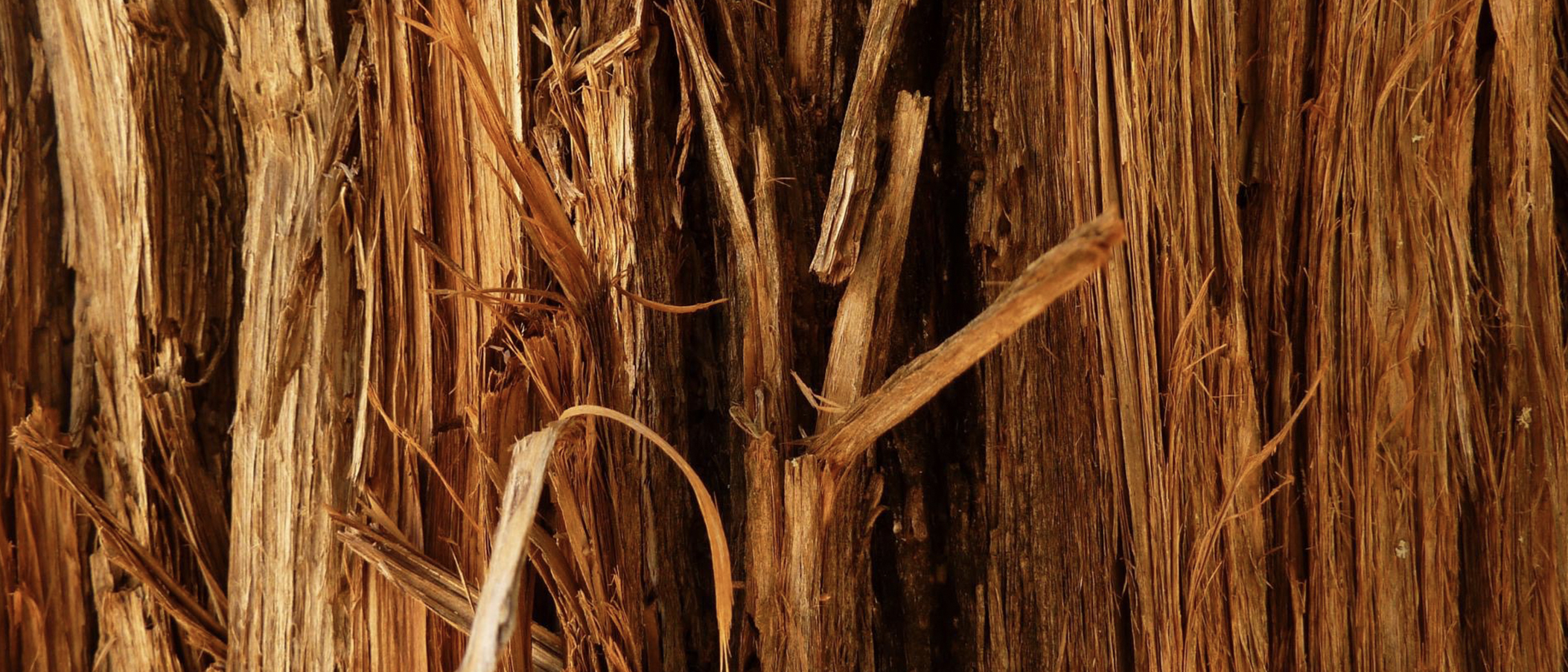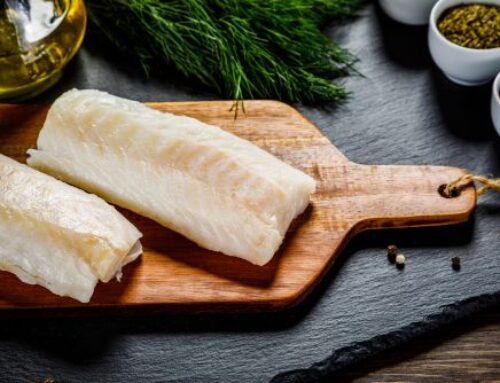Find out how essential oil CEDARWOOD can fight cellulite, coughs, and muscle pains. Great as an astringent and antiseptic!
In the land of pyramid builders and ancient dreams, a million tales of royalty we are introduced to a sacred oil. By Greek history and intrigue, we get the word cedrus or cedros that softly means “aromatic wood,” derived from the Arabic word kedron. In Arabic, the word translates to mean “divine power.”
Cedarwood combines Arabic and Greek meanings into its scientific name, cedrus deodara loud, meaning, “sacred tree of the divine will.” Only a healing plant could have such a noble origin, both in word etymology and geographical history.
Cedarwood oil was possibly the first essential oil to be extracted from a plant. The first documented use of cedarwood oil was by the ancient Egyptians two to three thousand years before the birth of Christ. They used cedarwood oil in the mummification process, as well as to ward off infections.
During the Middle Ages, Europeans thought that placing a cedar tree adjacent to their front doors would keep witches from entering their houses. In the 17th century, English herbalist Nicholas Culpeper noted that cedarwood was a remedy for coughs and for those suffering from a shortness of breath. Thus, throughout history, cedarwood oil has been used by a variety of cultures and in different ways to prevent or cure illnesses.
The value of cedarwood was so high that what is now Lebanon – a major cedar producer – was incorporated into the Egyptian empire in order to ensure a regular supply. Cedarwood oil was highly valued both in Babylon and Egypt. Inscribed within a clay tablet from Babylon, dating from 1800 BC, there is an order for imported oil of cedar, myrrh, and cypress. This suggests that international trade in aromatics dates as far back as 4,000 years. Today the oil is widely used in holistic meditation to help promote spiritual awareness as well as purification, healing, and protection.
Cedarwood is mainly produced in Morocco and France. The Cedarwood Atlas tree has been important in the social and economic aspirations of Morocco, being suitable for furniture making, carpentry, and construction work. Like all cedars, the wood is fragrant, insect repellent, and rot-resistant due to the essential oil content.
The oil is steam-distilled from the wood chips and sawdust. The amount of oil produced from cedarwood depends on the species and its age. Also, if the tree has undergone any duration of stress, the amount of hard wood produced is increased. Distillers approximate that it takes about twenty-nine pounds of dried plant material to produce one pound of cedarwood essential oil.
Uses:
The oil recognized for its calming, purifying effects, and acknowledged as a principle healer of the skin and underlying tissue. Celebrated in the skin care industry, cedarwood is recognized as having properties that clear blemishes. It is also believed to help normalize both dry and oily skin and hair conditions. It has a calming effect on the mind and for those with any sort of sleeping problem, it can help.
Key Benefits
– It improves focus and wisdom
– Dispels negative energy
– Acts as a natural deodorizer to freshen the air
– Brightens the skin as well as acts as a great moisturizer
– Reduces pain and inflammation
Tips/Recipes
For congested skin
Add 3 drops of cedarwood oil and 2 drops of lavender oil to 1/4 cup of warm water. Soak a soft washcloth in the water, wring it out and then apply it on the skin. Be careful to avoid the eyes. When the cloth cools, soak it again in warm water, and reapply.
As an astringent and antiseptic
Add 2-4 drops of cedarwood oil to 1 tablespoon of your favorite lotion or cream, and massage it into the skin. It will help tighten your pores and even out your skin tone.
For muscle pain
Fill a bath with warm water, add 4-6 drops of cedarwood oil and a 1 cup epsom salt, ½ cup apple cider vinegar and soak for 20-30 minutes. Be sure and rinse afterwards with warm water followed with cold water, or cool as you can stand.
For coughs
Upper-respiratory congestion, colds and sinusitis, combine 7 drops of cedarwood oil and 3 drops of lavender oil to 1 ounce of sweet almond or olive oil and blend well, gently massage this mixture into your chest and upper body.
For cellulite
Use 3 drops each of cedarwood, lemon, and cypress in 1⁄2 cup of a carrier oil (sesame seed, jojoba oil). Apply two or three times a day – massaging the area.
Make a traditional fragrance to enhance meditation
Mix 2-3 drops each of cedarwood and frankincense. Diffuse in the area.
4 Major Species of Cedarwood used in essential oils:
Atlas Cedarwood (Cedrus atlantica)
Texas Cedarwood (Juniperus Mexicana)
Himalayan Cedarwood (Cedrus deodara)
Virginia Cedarwood (Juniperus virginiana)
Why Cedarwood?
Pick up cedarwood simply because it is documented as one the first essential oils distilled and has biblical roots.
References (5)
1. Valerie Ann Worwood, The Complete Book of Essential Oils and Aromatherapy, 1991
2. Battaglia S. The Complete Guide to Aromatherapy, 2nd edition,
The International Centre of Holistic Aromatherapy, Australia, 2003
3. Keville, K. Aromatherapy, A Complete Guide to the Healing Art, The Crossing press,
USA, 1995
4. Mojay G. Aromatherapy for Healing the Spirit, Henry Holt and Company Inc.,
England, 1996
5. Tisserand R. The Art of Aromatherapy, Healing Arts Press, USA, 1977
Aromatherapy Thymes magazine at barnesandnoble.com
http://instagram.com/aromatherapythymesmag
http://twitter.com/atmagazine





Beyond enlightened! Thank you!